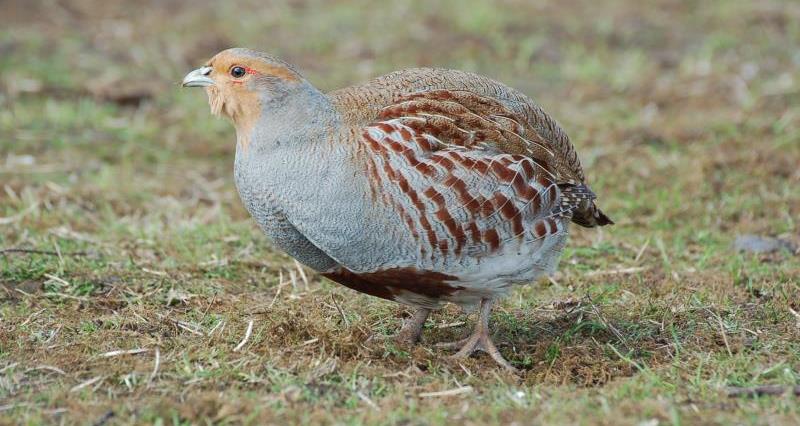What
Close up areas of ryegrass dominated grassland (at least 50% of the sward) from grazing and cutting in the summer and throughout the following winter to allow ryegrass plants to seed.
Why
These areas provide seed food for farmland birds and other wildlife through the winter. Seeding ryegrass offers an alternative to ‘arable options’ that provide winter seed food (e.g. cereal stubbles or wild bird seed mixes).
Seeded ryegrass is highly attractive to yellowhammers and reed buntings. It is likely to also benefit other seed-eating birds, such as corn buntings, skylarks and gamebirds.
Seeded ryegrass plots continue to provide seed into March, when alternative sources have often run out.
Gamebirds, hares and other species also benefit from the cover provided.
With the right management in spring, there is the potential for dislodged ryegrass seed to germinate in the spring and regenerate a productive ryegrass dominated sward.
How
- This management needs to be targeted at grassland with high ryegrass content (50% minimum): this can be perennial, Italian or hybrid ryegrass. Other grasses will not be suitable. It is particularly appropriate on short-term grass leys due to be cultivated in the spring, e.g. for sowing a spring crop or reseeding.
- Ryegrass management would normally be rotated around different areas of the farm with suitable ryegrass leys.
- For ryegrass to produce a large seed crop that will attract birds, there will be a need to forgo cutting or grazing from mid-summer. For perennial ryegrass, cutting/grazing needs to cease by the end of May. As Italian and hybrid ryegrass go to seed more quickly, cutting/grazing can continue until the end of June to ensure sufficient seed production.
- Plots can be created on a whole or part-field basis. Seed densities will be lower in the outer 5m of fields, so if strips are being created at the field edge, they should be at least 10m wide and situated away from busy roads.
- It is important to avoid disturbing the plots once they have gone to seed, so avoid moving animals or machinery through them, as this will dislodge seeds.
- Leave until at least the 1st of March - even after cutting, some seed may still be available to birds, and they may continue to use the plots through March and April when seed supplies are low.
- Bring back into agricultural production through spring cultivation or removing the ‘thatch’ of vegetation.
